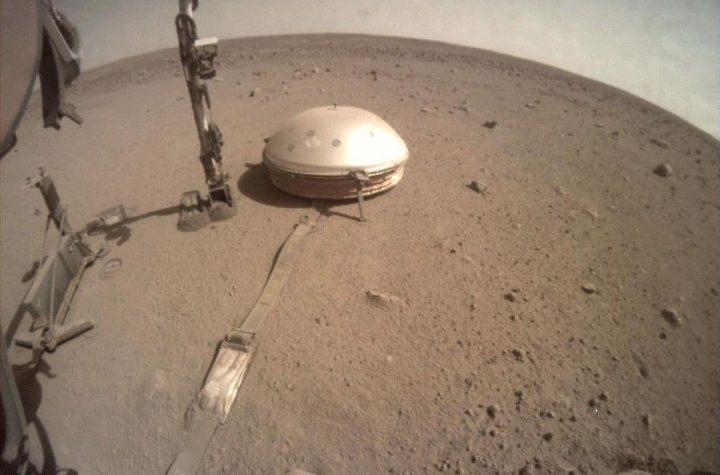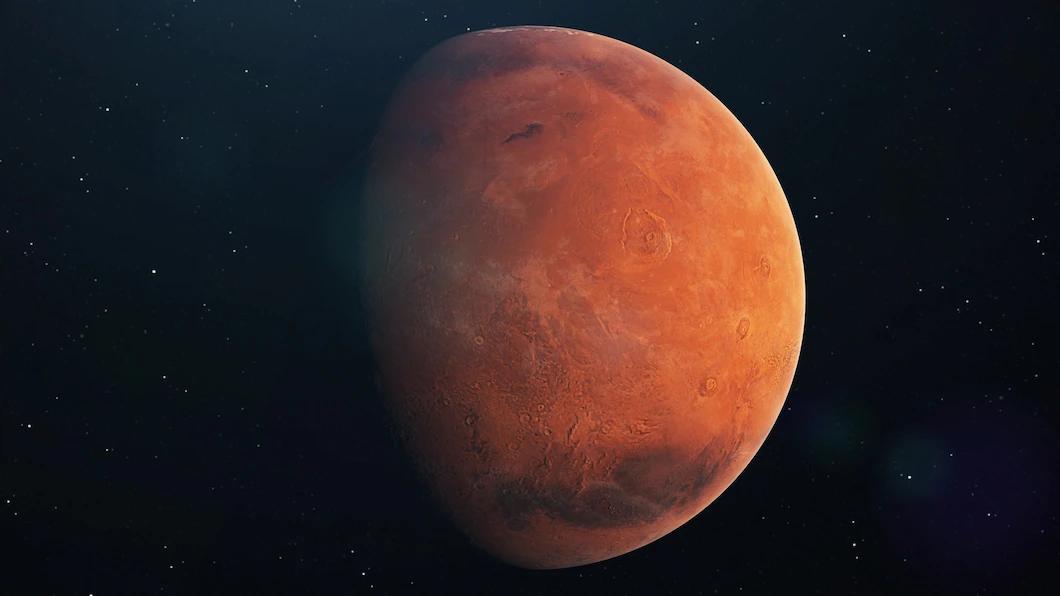New research has revealed that the record-breaking massive earthquake that shook Mars in May this year was at least five times larger than the previous record. It's not clear what the source of the quake was. But it is certainly strange. In addition to being the strongest earthquake ever recorded on Mars, it was also by far the longest, shaking the Red Planet for nearly 10 hours, RT reported.
"The energy released from this single earthquake is equivalent to the cumulative energy of all the other earthquakes we have ever seen." said seismologist John Clinton of the Swiss Federal Institute of Technology in Switzerland. Although the event was more than 2,000 kilometers (1,200 miles) away, the waves were so intense that new analysis of the quake published in Geophysical Research Letters put its intensity at 4.7. The previous record was a magnitude 4.2 quake detected in August 2021.
This may not sound like a big earthquake by world standards. The strongest earthquake ever recorded is about magnitude 9.5. But it's surprising for a planet that was thought to be seismically inactive until NASA's InSight survey began recording its interior in early 2019. So, without further ado, let's get into the details.
Also See: Which Resources Can Be Used to Learn Coding?
Seismic Waves from Mars Earthquake Detected

Mars and Earth have a lot in common, but there are also some really big differences. Mars has no tectonic plates. It also doesn't have a consistent global magnetic field. This is often interpreted as a sign that there's not much going on inside Mars, since Earth's magnetic field is probably due to internal convection.
InSight has revealed that Mars is not as seismically quiet as previously thought. InSight points to volcanic activity beneath the Cerberus Fossae region, where it has observed the hidden bowels of the planet. But monitoring earthquakes is not the only reason to determine the state of activity inside Mars. The way seismic waves propagate across the planet's surface can help reveal density changes within it. In other words, they can be used to chart the planet's structure.

Clinton said "For the first time, we were able to identify surface waves traveling through the crust and upper mantle and circling around the planet many times."
In two other separate Geophysical Research Letters papers, teams of scientists analyzed these waves to try to understand the structure of the crust on Mars and identify areas of sedimentary rock within the crust and possible volcanic activity. But there is more to be done about the earthquake itself. For one thing, it did not originate at Cerberus Fossae, but near it. It also cannot be traced back to any obvious surface features.
Earthquakes usually have a high or low frequency. The former are characterized by fast, short tremors, while the latter are characterized by longer, deeper waves of greater amplitude, according to research. This earthquake combined these two frequency bands, and researchers are not entirely sure why.
However, it is also possible that the previously recorded high- and low-frequency earthquakes analyzed separately were part of the same seismic event. This means scientists need to rethink how they understand and analyze the marshes and uncover more secrets hiding beneath Mars' deceptively calm surface.





No comments yet for this news, be the first one!...